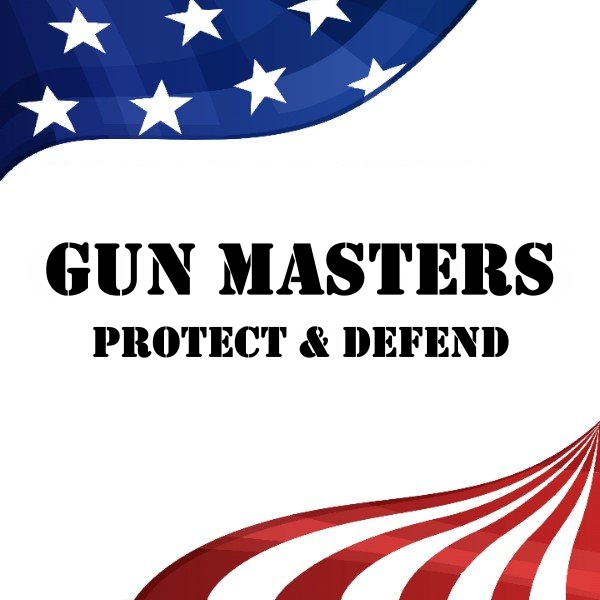
free shipping orders over $25
We’re having a 15% off sale on all our products. Enter your email below to be notified about future sales.


Self-defense tools are designed to protect you in critical moments, but their effectiveness depends heavily on proper maintenance and storage. Neglecting these tools can lead to malfunctions, reduced reliability, or even safety hazards. For instance, a firearm with a dirty barrel may misfire, while a dull knife could fail to perform in an emergency. Beyond functionality, improper care can also lead to legal issues. Many jurisdictions have strict regulations regarding the condition and storage of self-defense tools, and failing to comply could result in fines or other penalties.
Proper maintenance ensures that your tools are always ready for use, while secure storage prevents unauthorized access, especially by children or intruders. Additionally, well-maintained tools last longer, saving you money in the long run. Whether you own pepper spray, knives, firearms, or stun guns, understanding the importance of upkeep and storage is the first step toward responsible ownership.
Regular cleaning is essential to keep your self-defense tools in optimal condition. Dirt, debris, and moisture can accumulate over time, leading to rust, corrosion, or reduced functionality. For example, pepper spray canisters may become clogged, while firearms can develop residue buildup in the barrel.
To clean your tools:
Cleaning should be done regularly, especially after use or exposure to harsh conditions like rain or humidity.
Routine inspections are crucial to identify issues before they compromise your tool’s effectiveness. Look for signs of wear such as cracks, dull edges, or corrosion. For example, knives should be checked for blade sharpness, while stun guns should be tested for battery strength.
Create a schedule for inspections—monthly for tools used infrequently and weekly for those carried daily. During inspections:
If you notice significant damage, consider professional servicing or replacement.
Firearms require meticulous care to ensure safety and reliability. Cleaning the barrel is essential to remove residue that can cause misfires. Lubricate moving parts like the slide and trigger mechanism to prevent wear and ensure smooth operation.
Additionally, inspect ammunition for signs of corrosion or damage, as faulty rounds can lead to dangerous malfunctions. If you’re unsure about maintenance, consult a professional gunsmith for servicing. Regular practice at a shooting range can also help you identify issues early.
Knives and blades need regular sharpening to maintain their cutting edge. Use a whetstone or sharpening tool to restore dull blades. Prevent rust by wiping the blade with a lightly oiled cloth after cleaning.
Safe handling is equally important—store knives in sheaths or cases to protect the blade and prevent accidents. Avoid using your knife for tasks it wasn’t designed for, as this can cause unnecessary wear.
Pepper spray and similar tools require minimal maintenance but should be checked periodically for functionality. Verify the expiration date, as expired spray may lose potency. Test the canister in a safe outdoor area to ensure it dispenses properly.
Store chemical tools in a cool, dry place to prevent leaks or degradation. Avoid exposing them to extreme temperatures, which can compromise their effectiveness.
Stun guns and tasers rely on batteries, so regular battery checks are essential. Replace batteries as needed and test the device periodically to ensure it delivers a charge. Clean the electrodes with a dry cloth to remove dirt or residue.
If your stun gun or taser shows signs of malfunction, consult the manufacturer or a professional technician for repairs.
Proper storage at home is critical for safety and accessibility. Use secure options like safes, lockboxes, or designated compartments to prevent unauthorized access. For firearms, consider a gun safe with biometric locks for added security.
Keep self-defense tools out of reach of children and educate family members about their purpose and risks. Label storage areas clearly to avoid confusion during emergencies.
While security is important, accessibility is equally crucial in emergencies. Balance these priorities by using bedside safes, concealed compartments, or holsters designed for quick access.
For example, a firearm safe with a fingerprint scanner allows rapid retrieval while keeping the weapon secure. Similarly, pepper spray can be stored in a purse or pocket for immediate use.
Transporting self-defense tools requires careful planning to comply with local laws. For firearms, use a locked case and separate the ammunition. Knives should be sheathed, and chemical tools like pepper spray must be stored securely to prevent leaks.
Research regulations in your destination before traveling, as some areas have restrictions on certain tools. For air travel, check TSA guidelines to avoid confiscation.
Improper maintenance or storage can lead to legal issues, especially for regulated tools like firearms. Many jurisdictions require firearms to be stored securely, and failure to comply can result in fines or legal action.
Additionally, using a malfunctioning tool in self-defense could expose you to liability. Stay informed about local laws and ensure your tools meet legal standards. Regular maintenance and secure storage are not just best practices—they’re legal necessities.
Avoid these common errors to ensure your self-defense tools remain effective:
By staying vigilant and proactive, you can avoid these pitfalls and ensure your tools are always ready for use.
Investing in quality products can simplify maintenance and storage. Consider:
These products not only enhance functionality but also extend the lifespan of your tools.
Recognizing when a tool is beyond repair is crucial for safety. Replace tools if:
Dispose of old tools responsibly by following local guidelines. When purchasing replacements, prioritize quality and reliability.
Maintaining and storing self-defense tools is not just about preserving their functionality—it’s about ensuring your safety and compliance with the law. Regular cleaning, inspections, and secure storage are essential practices for responsible ownership. By investing time and effort into proper care, you can ensure your tools are ready to protect you when it matters most.